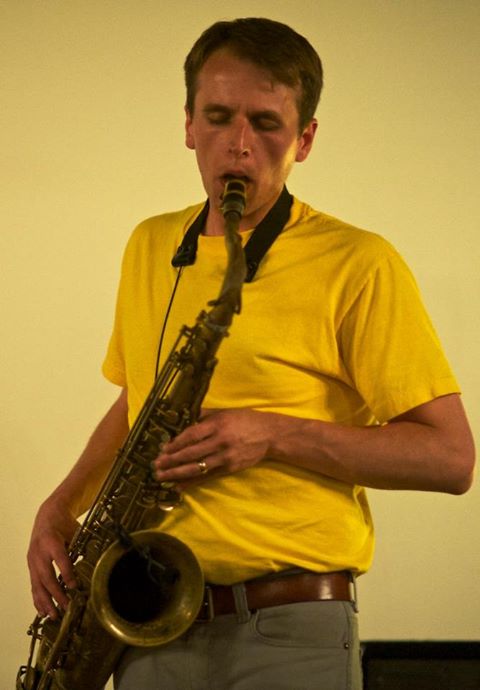12 Moons Solo Saxophone Project Day 137
Date: 05/17/2013
Instrument: Tenor saxophone
Location: Home studio in Clinton, WA (Whidbey Island)
Notes:
During my practice session this morning I focused on beautiful sound clusters and controlling the entrance of specific notes within them. I then became interested in developing a second melodic/harmonic gesture, which although beautiful on it’s own stood squarely against initial sound developed. To do this there are two sound centers, the first being the indroductory trilled major chord, and the second a two-chord melodic gesture.
This improvisation begins with the first sound center–a single pitch that gradually adds key clacking trills and is built upon by adding other consonant pitches into the sound field. Second, third and forth tones are introduced to the original drone, and when returning to this first sound center at various points in the improvisation I would increase the tempo of the trill until the chord became a tight oscillation of pitches. Due to the static drone possibilities in this chord, I would occasionally change the drone that is held out. In total, there were 3 drone pitches with this same fingering, using the drones Eb, B, and Eb at different points during the improvisation.
The second sound center uses two chords, each sharing the common concert key pitch of D. The first chord has a D in the upper register and a very muted Eb (quarter step flat) in mid register below it. The second chord again includes the upper register D but also has an E a whole step above this pitch, and a muted Eb in mid octave below both of them. The fingerings for these two sound centers were as follows:
Center one (trilled major chord)
(Left Hand) B-A keys, Octave Low Bb, Palm Eb // (Right Hand) F key (trilled open and closed)
Center two
Fingering a.) Pitches Eb-quarter step flat, and D
(Left Hand) B-A keys, Octave Low Bb, Palm Eb // (Right Hand) F key, Low C, Side F
Fingering b.) Pitches Eb, D and E
(Left Hand) B-A keys, Octave Low Bb // (Right Hand) F key, Low C, Side F
-Neil
The painting “Dismantling the Red Tent” accompanying today’s post by R.B. Kitaj




